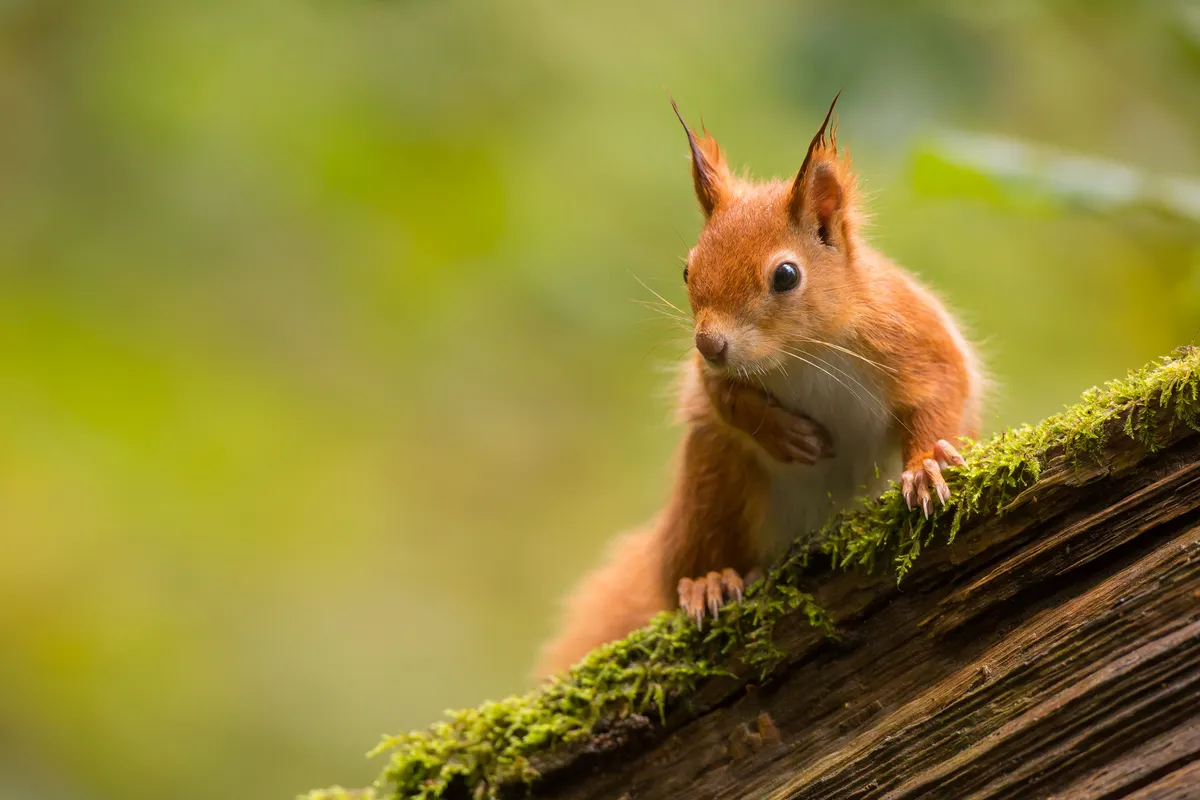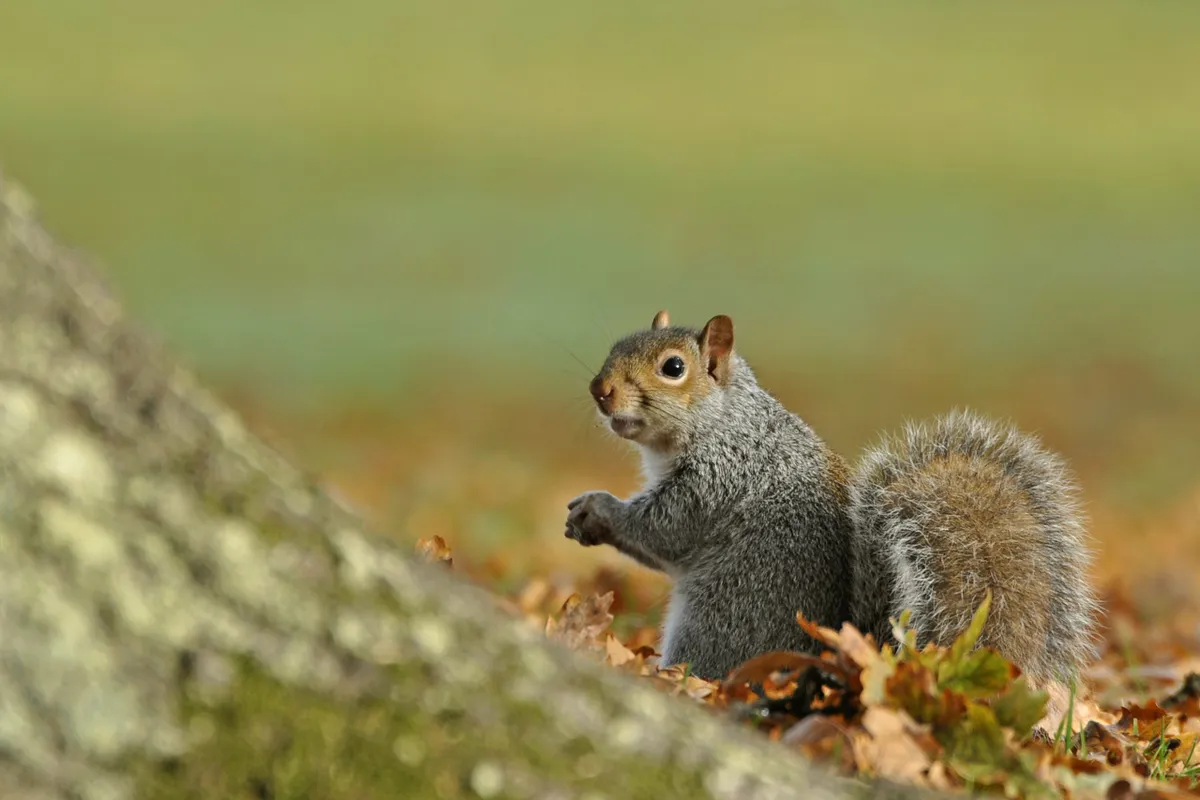A new study from Queen’s University Belfast and National Museums Northern Ireland has found that red squirrel populations in Northern Ireland are responding positively to an increase in pine martens.
These mustelids predate more on non-native grey squirrels than they do on native red squirrels. This is in part due to red squirrels changing their behaviours to avoid pine martens, as found during recent research by the same researchers.
However, the effect of pine martens on grey squirrels is restricted by a few factors, and the study found that isolated populations grey squirrels are likely to persist in urban areas.
“The ability of the pine marten to control the grey squirrel and help red squirrel recovery in Ireland and Britain is limited by three things; its ongoing recovery, the lack of forest cover on the islands and the presence of urban refugia,” says Joshua Twining, lead author of the study and researcher from the School of Biological Sciences at Queen’s University Belfast.
“At present, Ireland and Britain are among the least forested countries in Europe with only 11% and 13% of forest cover respectively. The pine martens’ sphere of influence is largely limited to its forested havens.”

70 citizen scientists put out camera traps at 332 sites across Northern Ireland in woodlands at randomly selected locations in both urban and non-urban areas.
The researchers then measured the co-occurrence of the three species, and produced models to predict the future distribution of them.

These models showed that grey squirrels would persist in urban parklands, and the researchers say that in these isolated populations, grey squirrels may develop novel genotypes.
If these genotypes result in grey squirrels avoiding pine martens more successfully, then grey squirrels may spread out from urban areas and threaten red squirrels with extinction again.
Alongside the threats posed to red squirrels, it is estimated that grey squirrels cost the UK an estimated £1.9m per annum due to bark stripping, which can suppress tree growth and forest regeneration.
The researchers suggest that a number of actions should be taken in order to control grey squirrels, including human led control efforts in urban refuges, education campaigns to increase awareness of the dangers of invasive species and the benefits of predator recovery, and increased afforestation and restoration of old-growth conditions to existing forestry.
“As the pine marten does not occupy urban areas anywhere within its European range, it is not likely to be the sole solution to the invasive grey squirrel,” adds Twining. “If action is not taken to support the pine marten in the long run, we may see a reversal of their current success, and doom our native red squirrels.”
Read the full paper in Journal of Applied Ecology.
Main image: Pine marten. © Queen's University Belfast

